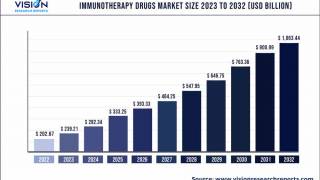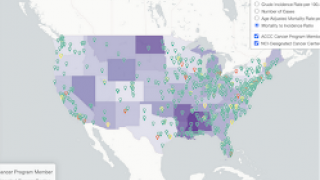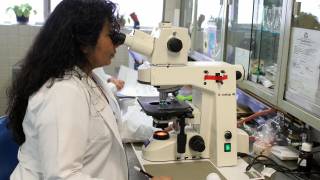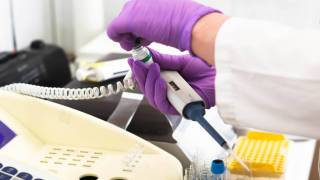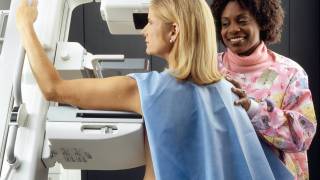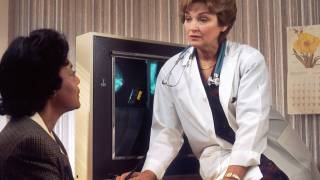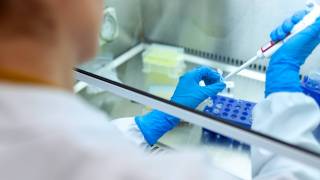Birth Rate Study Retracted: HPV Vaccine & Infertility
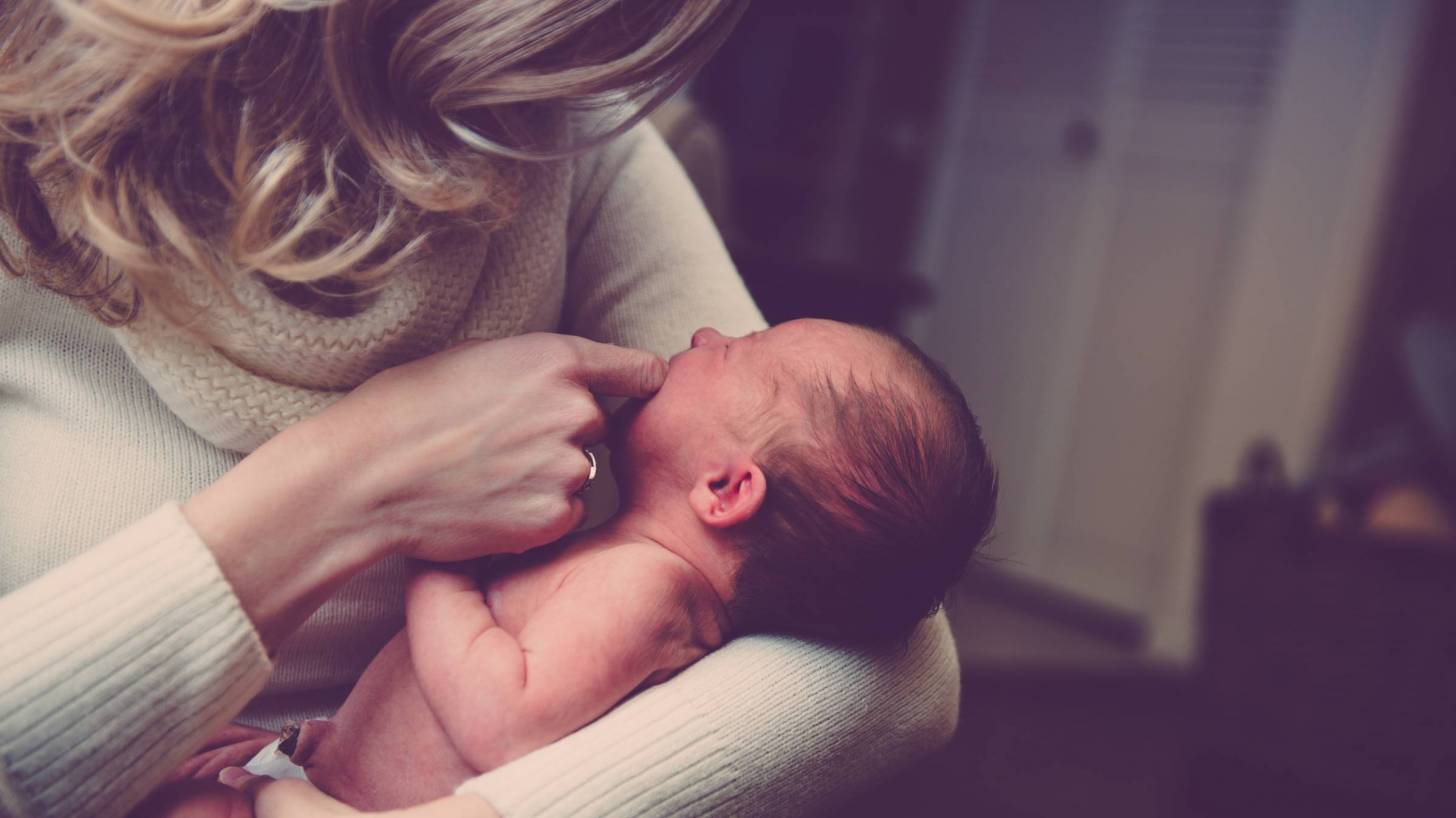
A study published in the ‘Journal of Toxicology and Environmental Health’ has been retracted by the publisher Taylor & Francis Online.
The study, ‘A lowered probability of pregnancy in females in the USA aged 25–29 who received a human papillomavirus vaccine injection’ claimed on June 11, 2018, that there was a clear link between the Human Papillomavirus (HPV) vaccine and a decrease in pregnancy rates.
This retraction notice is important since HPV is the most common sexually transmitted infection, with about 79 million Americans, most in their late teens and early 20s, infected with HPV.
This study written by Gayle DeLong, an associate professor at Baruch College, concluded that ‘Results suggest that females who received the HPV shot were less likely to have ever been pregnant than women in the same age group who did not receive the shot.’
‘If 100% of females in this study had received the HPV vaccine, data suggest the number of women having ever conceived would have fallen by 2 million.’
Although DeLong did not use the word 'infertility', this study has often been utilized by third-parties to prove that the HPV vaccine can cause infertility in women.
Excerpts from the publisher’s retraction notice are inserted below:
‘We, the Editor and Publisher of Journal of Toxicology and Environmental Health, Part A have retracted the article. Following the review and publication of the article, we were alerted to concerns about the scientific validity of the study.’
‘As a result, we sought advice on the methodology, analysis, and interpretation from a number of experts in the field.’
‘All of the post-publication reports we received described serious flaws in the statistical analysis and interpretation of the data in this paper, and we have therefore taken the decision to retract it.’
‘The author has been notified of our decision.’
Previously, in reaction to DeLong’s study conclusion, a Letter to the Editor by Ayako Shibata & Yuki Kataoka was published on March 27, 2019, which said ‘A possible spurious correlation was found between HPV vaccination introduction and birth rate change in the United States.’
‘The birth rate change in the US might be representative of the trend of the introduction of new contraception methods and advancing maternal age.’
This Letter’s conclusion said ‘on the basis of the (above mentioned) statistical findings, we argue that the correlation observed between the HPV vaccination introduction and birth rate change in the United States was possibly spurious.’
‘Thus, the effects of HPV vaccination needed to be followed carefully at an international level.’
A recent news article published on December 1, 2019, discussed ‘The first step in gynecological cancer prevention is knowing your family history.’
Gizelka David-West, M.D., an oncologist, said ‘Gynecological cancers are those that develop in a woman’s reproductive tract. Each type of gynecological cancer has different symptoms, some of which may be difficult to recognize.’
‘Besides ovarian cancer, the list of gynecologic cancers includes 3 that fall into the category of HPV-related cancers: cervical, vulvar, and vaginal cancers.’
‘With the development of the HPV vaccine, we can prevent about 90 percent of these cancers.’
But, there is no way to know which people who have HPV will develop cancer or other health problems, said the Centers for Disease Control and Prevention (CDC) in an online statement during August 2019.
The CDC now recommends 2 doses of an HPV vaccine—rather than the previously recommended 3 doses, for most 11 to 12-year-old individuals. Furthermore, the HPV vaccine can be given as early as age 9.
After 12 years of monitoring and research, the CDC says ‘the data shows that HPV vaccination is very safe.’
Each HPV vaccine, Gardasil® 9, Gardasil®, and Cervarix®, went through years of extensive safety testing before they were licensed by the U.S. Food and Drug Administration (FDA).
The FDA only licenses a vaccine if it is safe, effective, and the benefits outweigh the risks.
Since late 2016, Gardasil 9 has been the only HPV vaccine available for use in the U.S.
The Gardasil 9 vaccine consists of HPV proteins, Types 6, 11, 16, 18, 31, 33, 45, 52, and 58, amorphous aluminum hydroxyphosphate sulfate, yeast protein, sodium chloride, L-histidine, Polysorbate 80, sodium borate, and water for injection.
Vaccines, like any medicine, can have side effects. Common side effects from the HPV shot are mild and go away quickly, says the CDC.
To receive a free weekly newsletter focused on cancer prevention, please enroll at Vax-Before-Cancer.com
HPV Vaccine news published by Vax Before Cancer.
Our Trust Standards: Medical Advisory Committee




